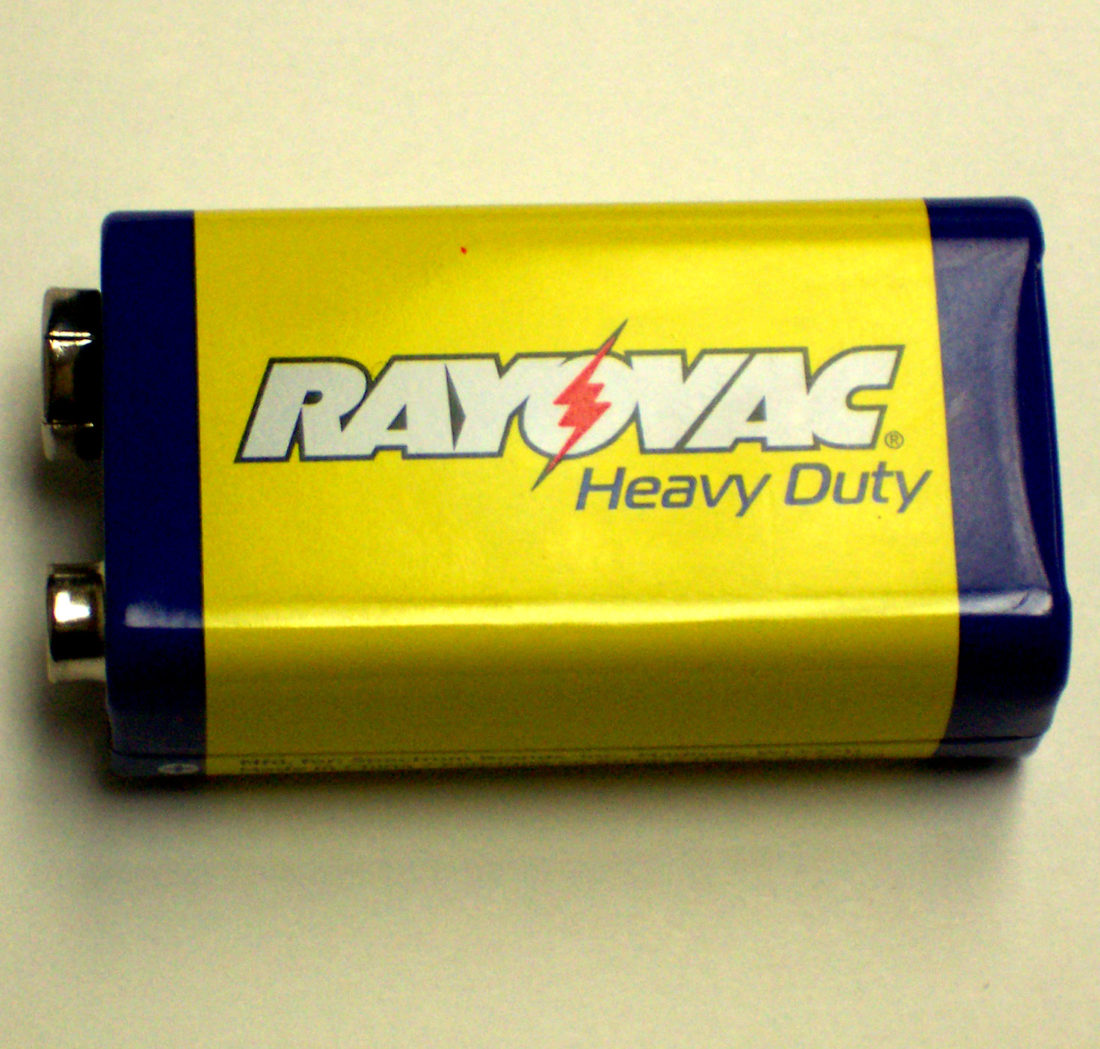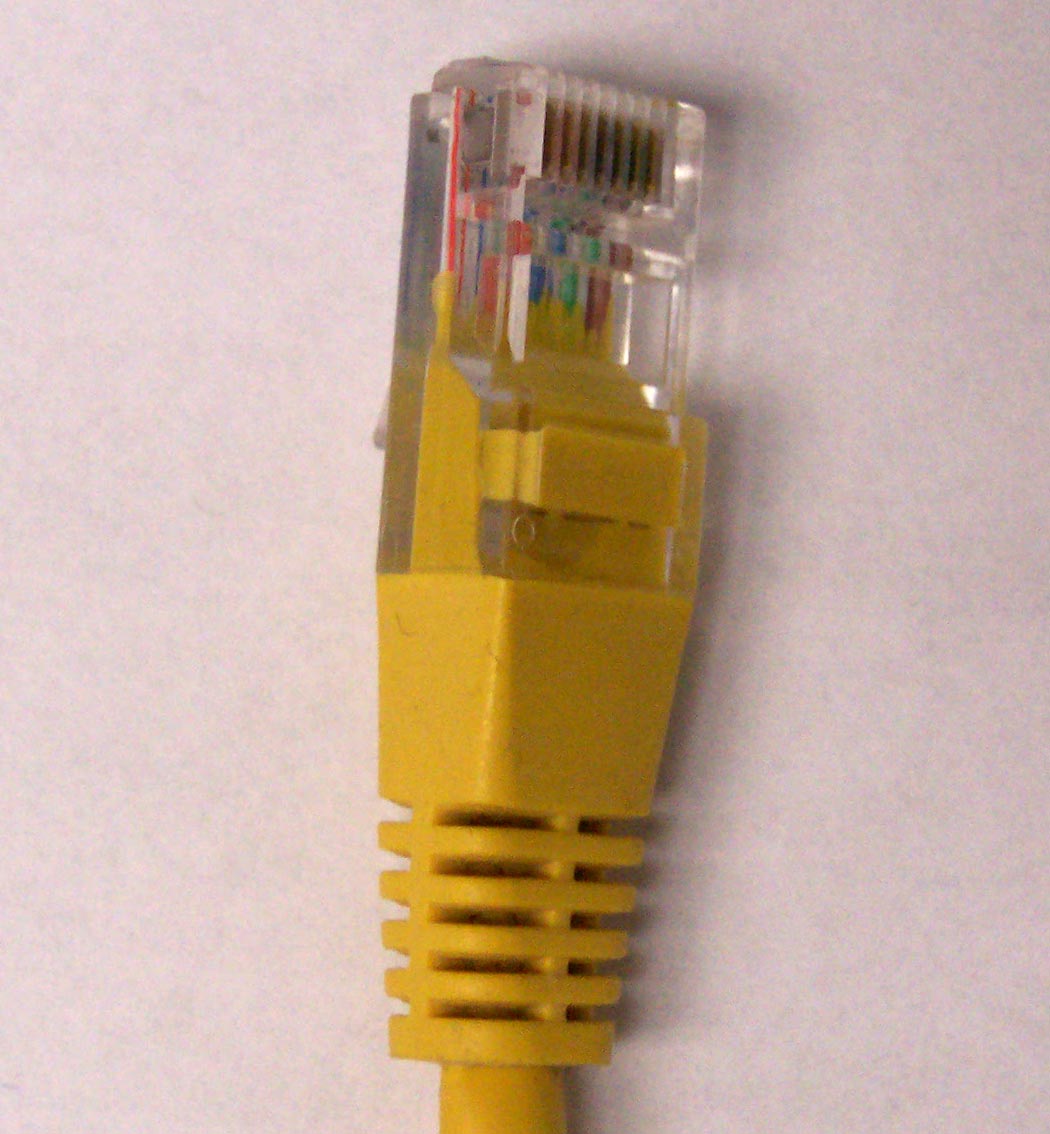HOW TO KEEP YOUR SATELLITE DISHES CLEAN
HOW TO KEEP YOUR SATELLITE DISHES CLEAN
AND THE SIGNAL STRENGTH HIGH
By: Frank McClatchie
Your Satellite Dish is a major part of your transmission system, and to keep it operating at maximum efficiency requires some attention. In order to know whether the Dish is performing up to its full specifications, it is necessary to keep a record of the total signal power level output when it is working at maximum efficiency and the level at which total system failure occurs. It’s is the difference between these two power levels that establish the margin over which the received signal will deliver a picture successfully without signal loss. So it is important to keep your satellite dishes clean.
The actual power gain of the LNB does not matter, as long as the power delivered to the Satellite receiver is sufficient to operate the receiver. However the difference between the received signal power level and the existing Gaussian noise in the LNB output will determine the operating range of signal necessary for any particular Satellite Receiver. It is only necessary to provide a guarantied minimum signal level to the receiver to get an uninterrupted picture. Many factors can influence the path of the signal and reduce the received power level below the minimum signal level necessary to display a picture.
Some of these factors are obvious, such as miss-alignment of the Dish due to movement or settling of the earth upon which it sits, and aging of the electronic components in the LNB that increase the noise floor in the output signal without changing the gain. High ambient temperatures will also increase the noise output of any LNB. Then there is moisture condensation within the wave guide caused by holes in the wave guide through which water can enter. The receiving wave guide is a particularly sensitive location for water entry. A major factor can be a pile-up of moist snow on the Dish in the Northern Latitudes, or dirt and vegetation in the Southern latitudes due to the more horizontal angle of the Dish.
In addition to these factors, there are many less expected, but never the less important sources of signal loss to consider. These include biological creatures that actively work to reduce your signal levels for their own purposes. Like Bees and bugs that are always looking for a crack or crevice to get their house going. Let’s not forget those pesky squirrels that will store nuts in the Dish perforations or chew on the cables, birds that will build nests in critical locations, even lizards that like to pile up rocks on the dish for nesting, and other creatures that want to inhabit Satellite Dishes without paying rent!
One thing is for certain, in order to guaranty uninterrupted satellite receiver operation you should monitor the signal coming from the dish and make arrangements to be alerted to any sudden drop in the signal level before it reaches a critical failure level. So what is needed? The signal from the dish should be monitored and an alarm or contact closures supplied to give you an indication of the operating level.
The SLM-771 is an L-Band Satellite Level Monitor designed to detect measure and report the receiving level of any RF signal from 5MHz up to 2.5GHz. Use it for early warning of satellite dish and LNB signal degradation due to snow loading, bug & bird intrusions, dish misalignment due to wind or movement, and any increase in LNB loss for whatever reason. It will alert you to the signal reduction before a system failure occurs
It has both visual and telemetry voltage outputs calibrated in dB steps and an audible alarm with a relay contact for activation of external alarms or other equipment.
The front panel LED indicators are calibrated in 1dB steps for accurate loss detection. A front panel control is used to set up the monitor and alarm level. The meter output has a voltage that changes 100mV per 1 dB and is field adjustable for offset to match your telemetry transmission equipment. +/- 0.0 to 10 Volts is available at the meter output. The unit is fully RF shielded and can be mounted in the front or rear of your rack.






